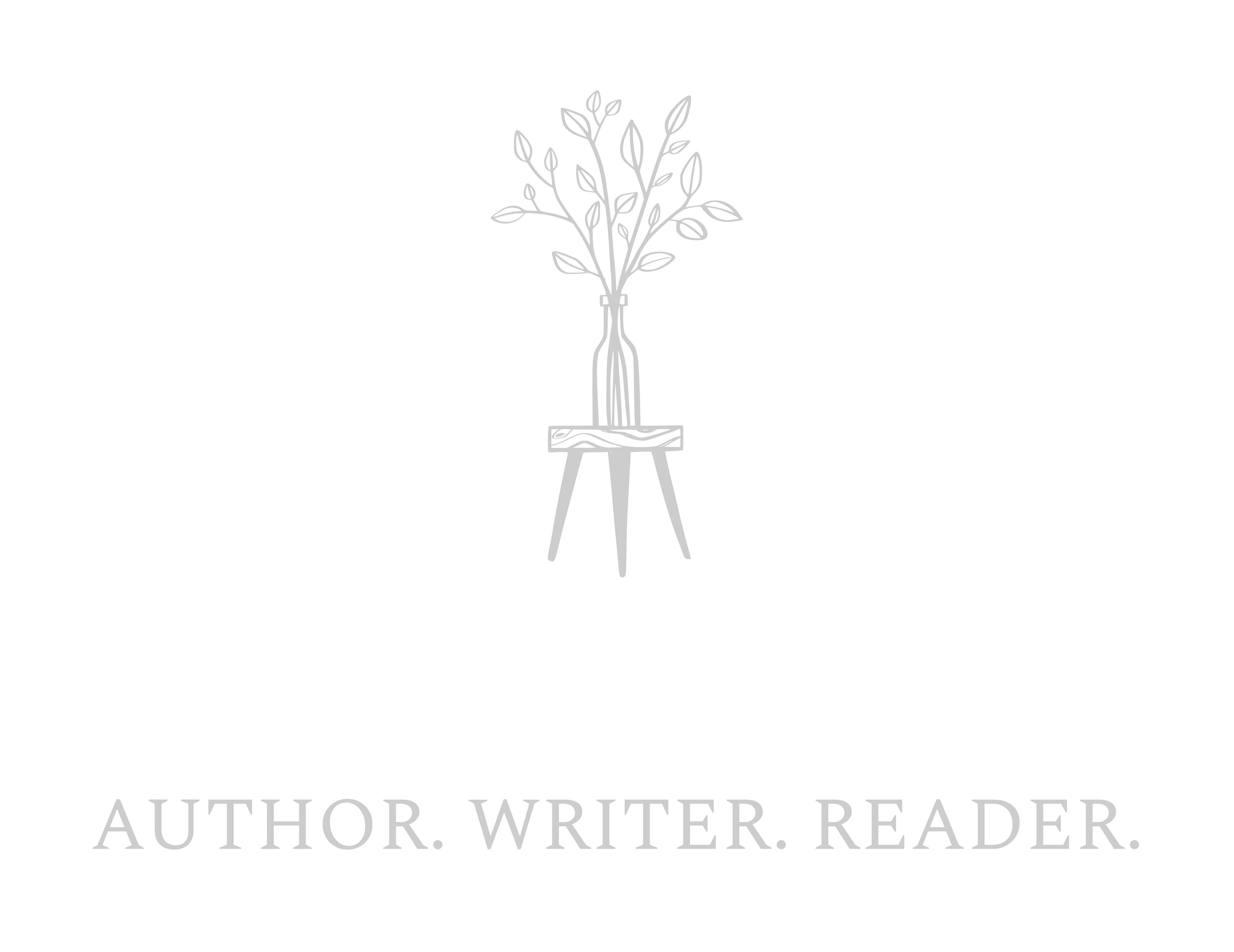Copyright exists automatically in an original work of authorship once it is fixed, but a copyright owner can take steps to enhance the protections. The most important step is registering the work. Registering a work is not mandatory, but for U.S. works, registration (or refusal) is necessary to enforce the exclusive rights of copyright through litigation. Timely registration also allows copyright owners to seek certain types of monetary damages and attorney fees if there is a lawsuit, and also provide a presumption that information on the registration certificate is correct.
Copyright registration also provides value to the public overall. It facilitates the licensing marketplace by allowing people to find copyright ownership information, and it provides the public with notice that someone is claiming copyright protection. It also provides a record of this nation’s creativity.
Did you know that you only have 3 months to register your copyright once your work is:
1.) Published/Distributed, and
2.) Before infringement occurs, to recover full damages and attorney fees.
If you’ve written a book or created some other original work such as a blog, photo, or illustration, you must register your copyright to prevent unauthorized use. Copyright’s registration protects you against illegal copying and theft or plagiarism of your work. In order to protect your work, you must first register your copyright with the U.S. Copyright Office to fully enforce your rights and the ability to:
1.) Recover up to $150,000 in statutory damages.
2.) Protect your work for life.
3.) Establish a legal record of content ownership.
How to begin registering your published works? First you go to: www.copyright.gov, click on “Register Your Works” and follow the online instructions. Once your work has been submitted, pay the filing fee and you should receive confirmation via email regarding the approval of your application. Since the Copyright Office is currently teleworking, a Copyright’s Certificate will be sent when the staff returns to the office.
Leave a Comment





